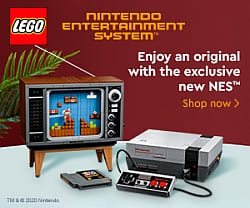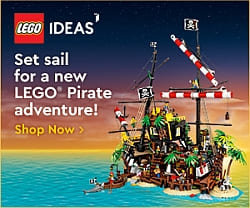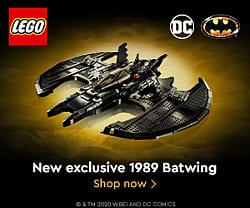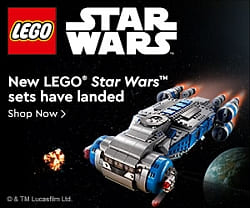(Written by William)
LEGO offered theBrickBlogger four upcoming LEGO Speed Champion sets to review. Given the fact that for years I’ve had a bias against these models, without building any mind you, I figured it was time to set aside my deeply-held beliefs and give these a fair chance. And trying out four cars at the same time would give me a good sense of what I could expect from LEGO Speed Champions sets.

But before we begin, I want to explain a bit of my bias. When LEGO Speed Champions was first introduced ten years ago, they were only six studs wide and had a narrow racing focus. This left me with a first impression that was not very exciting. From that point on, I didn’t even bother looking at the sets. Instead, I focused my attention on the LEGO Icons large vehicles to meet all my car-building needs. So, for me, LEGO Speed Champions went under the radar for years, but that has all changed… So, let’s look at four of the upcoming LEGO Speed Champions sets due to be released on January 1st, 2026.
#77252 LEGO SPEED CHAMPIONS APXGP TEAM RACE CAR
If you are concerned that you don’t recognize this Formula 1 team, it might be because they are fictional. That’s right, this model is a recreation of the car featured in the Formula 1 movie starring Brad Pitt. In fact, this is the first time I can think of for fans to get a Brad Pitt minifigure, since the two main characters of the film come in the set.
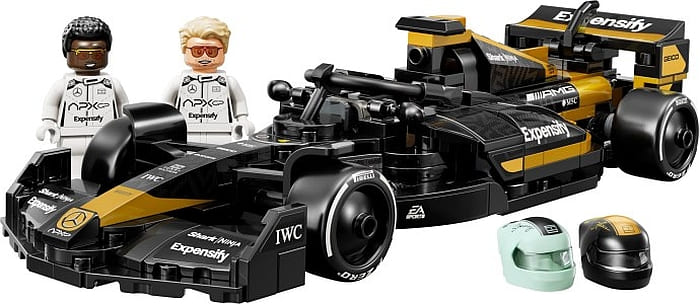
For most, this car would be classified as a film car and less of an actual racecar. However, it does sort of bridge the gap between the two worlds. The movie did do plenty of practical filming in the 2024 Formula 1 season, so does features plenty of real F1 cars and drivers.
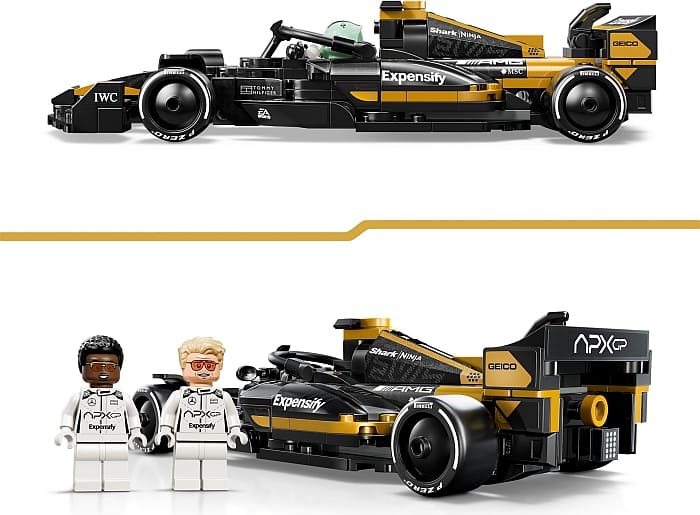
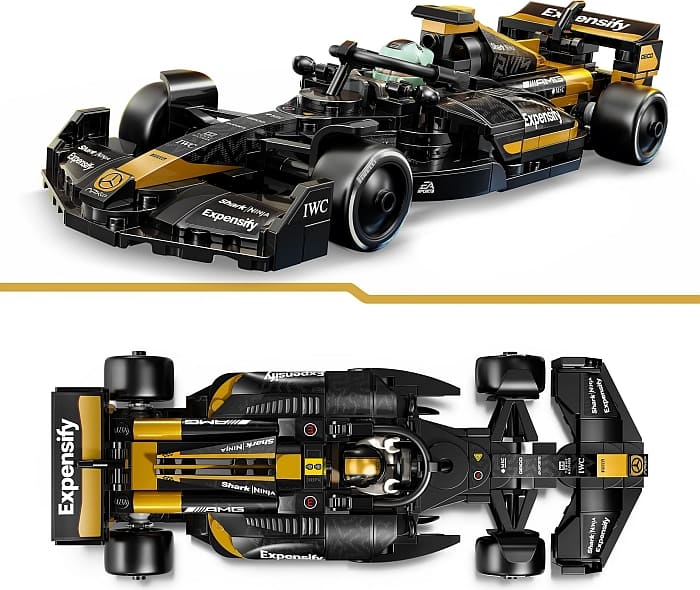
As for notable features of the model. You get quite a lot of gold, which helps make up the black and gold livery of the vehicle. I was also unfamiliar with the inverted curve slope that makes up a good portion of the rear wing. And I thought the spoons that formed the side mirrors were very charming. Additionally, the single ski that is wedged between two slopes in the back to form the car’s rear ridgeline is very clever. The only thing I didn’t appreciate is how many stickers are in the set. Compared to the other LEGO Speed Champion cars I built in this group, this one had the most.
#77253 LEGO SPEED CHAMPIONS BUGATTI VISION GRAN TURISMO
One thing that made me scratch my head was why there was a video game controller alongside the normal racing steering wheel. Were they supposed to be interchangeable? If so, why? Well, turns out this was a concept car Bugatti made for the Grand Turismo video game. The actual car was made and revealed in 2015.
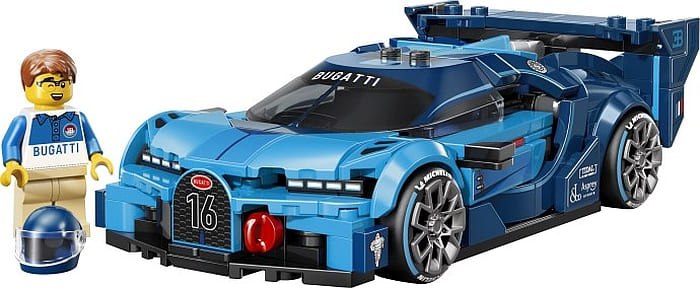
The styling of the vehicle has many of the Bugatti hallmarks, like the horseshoe front grill. It also shares a lot of DNA with Bugatti’s Chiron and is considered by many as a spiritual successor to the Bugatti Chiron.
I especially like the two-tone livery. One blue is Bugatti’s signature French blue, while the other shade of blue is a nod to Bugatti’s past success in their wins at Le Mans.
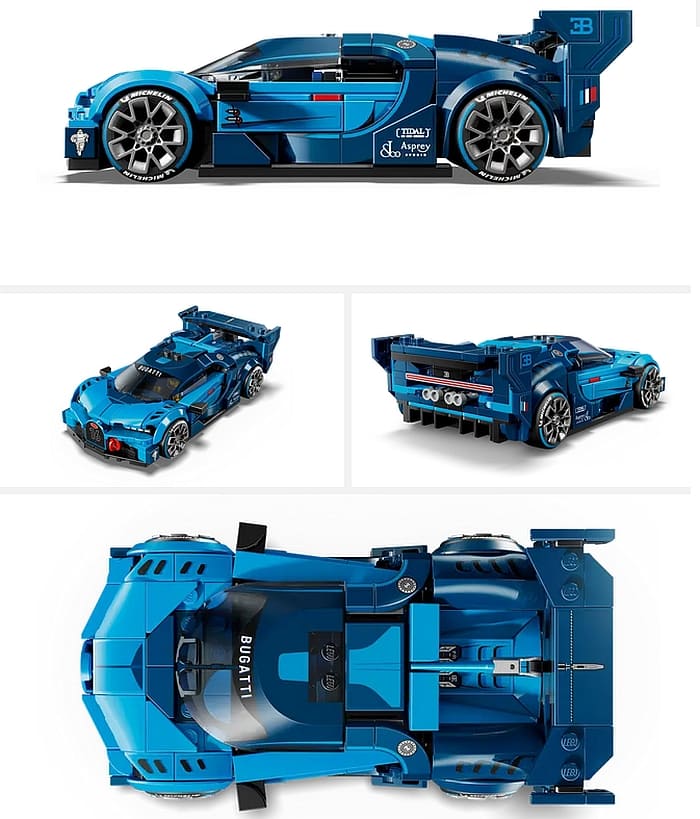
Just like the APXGP Team Racecar, this vehicle is a bit of a hybrid. It is not a widely commercially available vehicle, but it does exist. Although most of Bugatti’s cars don’t have a wide distribution. So, it’s better to say, this is a collectible supercar with a video game tie-in.
#77254 LEGO SPEED CHAMPIONS FERRARI SF90 XX STRADALE
At this point, I started to feel I was getting the idea of what to expect from a LEGO Speed Champions set. I didn’t think this Italian car would change my mind. It had other plans.

The SF90 XX Stradale is, in part, an anniversary car. It celebrates 90 years of Ferrari’s involvement with Formula 1. And in every sense, it is a racing hypercar. However, the “Stradale” is important. The rough translation of the word means, “made for the road”. So, I started getting a sense that I could consider this a racecar or an expensive luxury sports car.
In addition, the building experience surprised me. I was introduced to concave cheese-wedge slopes. This level of detail really helped to bring out the subtle shape of the car. I was also impressed with the tiny feathers that are in the back of the vehicle to help form even more subtle lines of the car.
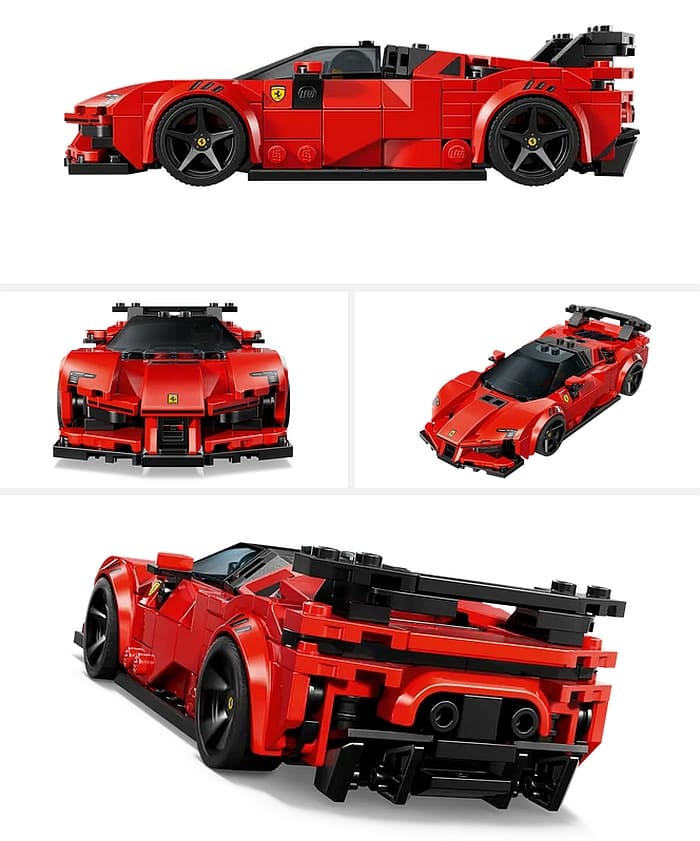
It was this model that made me realize why so many adults go after the LEGO Speed Champions sets. They are, of course, nicely scaled to minifigures, so fit in with any city landscape, and they also offer an expert level class in detail work that keeps builders happy.
I also appreciated getting a female driver for the car. And there seemed to be fewer stickers in this model, which was another major plus. Put it all together in that classic Ferrari red, and you’ve got a really good-looking electric vehicle. Oh, that’s right. This hypercar is all-electric. The actual car boasts three electric motors to provide all the horsepower.
#77257 LEGO SPEED CHAMPIONS MCLAREN W1
This is a new car from McLaren. It is a hybrid style vehicle that contains McLaren’s most powerful powertrain ever designed. Much of the aerodynamics of the vehicle comes from technology learned and developed in Formula 1.
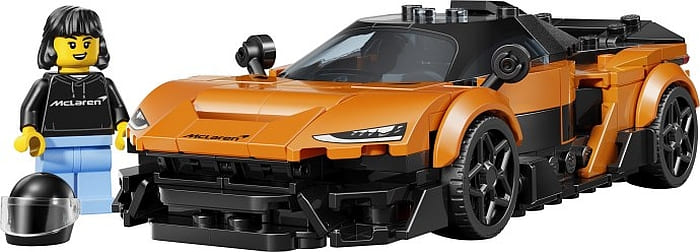
This British-made car also features a female driver. I really like her outfit with the McLaren branding printed on it. It was also nice that this had the fewest stickers of the four cars I built.

The building experience continued to deliver with extremely fine detail work and part usage. I especially liked the black meat cleavers that help form the front trim of the vehicle. As for great parts, I found two parts that got me excited. The first is a 3×1 curved slope. Unlike the standard curved slope that stands a full brick tall, this one only rises to two plates in height. This gave the sides of the vehicle some smooth, elongated curves without adding too much bulk. The other part is a convex cheese-slope. This part will allow builders to create much more precise edges when using the 30-degree cheese-slope. The part in question is not obvious in the model since it is used a bit more like filler. It just so happens that its unique shape helps accommodate the shape of other parts.
2026 LEGO SPEED CHAMPIONS – FINAL THOUGHTS
As I mentioned at the beginning of this article, when I first saw LEGO Speed Champions sets, they were only six studs wide and had a high focus on racecars. In those early days, that wasn’t what I was looking for. For that reason, I had completely written off the line as something I wasn’t interested in. However, these sets have really changed my mind.

Having a blend of racecars that can be just high-end luxury cars is something extremely appealing. Plus, I’m fond of the wider eight-stud design. It gives the model extra room for finer detail work and just looks better when scaled to a minifigure.
However, it is the expert build level that really caught me off guard. I wasn’t expecting to have such a great build in such an affordable package. And with the rise of more IP vehicles like Lightning McQueen from Cars and the DeLorean from Back to the Future, I’ll start picking up some LEGO Speed Champions for my own collection.
As for the four cars I had the chance to build, each one had something different to offer. This made me feel pretty good about the $27.99 price tag. I know fans like myself will still grumble over the number of stickers in each set, but everything I built I’d be happy to show off in my collection. It’s also nice that each model is important in some way. In the video below, I will discuss the sets in a bit more detail.
Hopefully, this review helps you decide if these cars are worth adding to your collection. If you would like to check them out, they will be available starting January 1st at the LEGO Speed Champions section of the Online LEGO Shop.
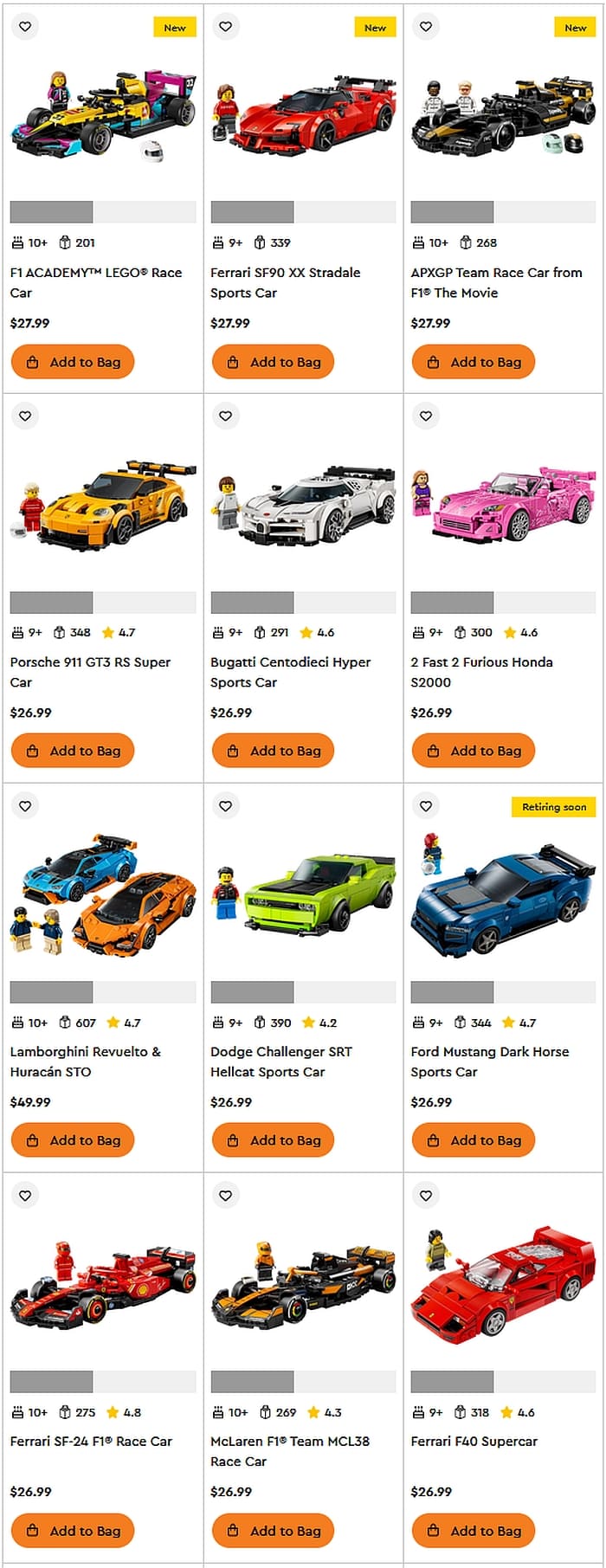
What do you think? Do you collect the LEGO Speed Champions sets? What are your thoughts on them? And are you planning to get any of the upcoming sets from the collection? Feel free to share your thoughts and discuss in the comment section below!
And you might also like to check out the following related posts:
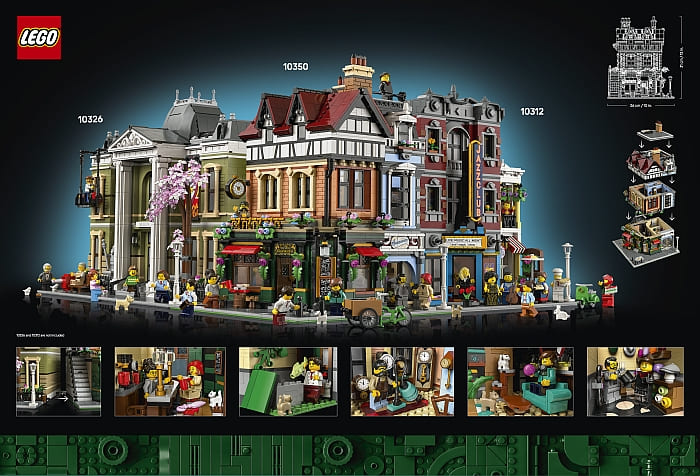
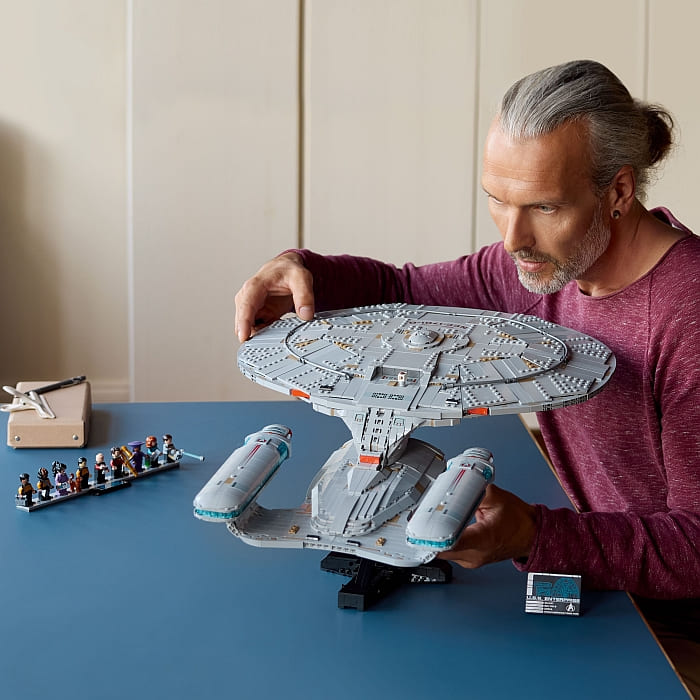
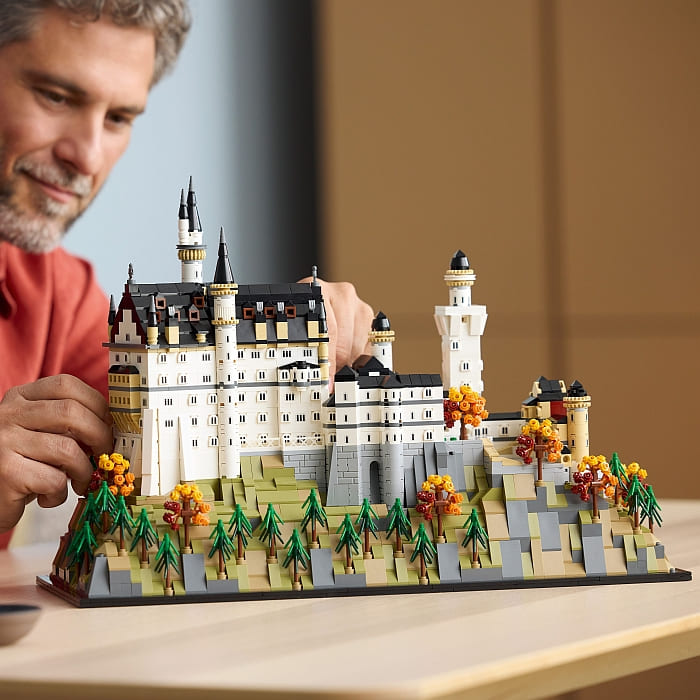

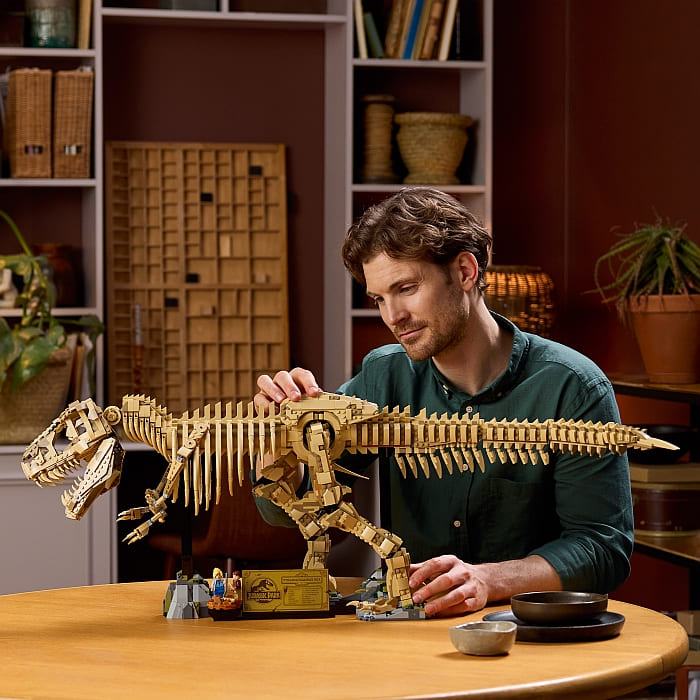
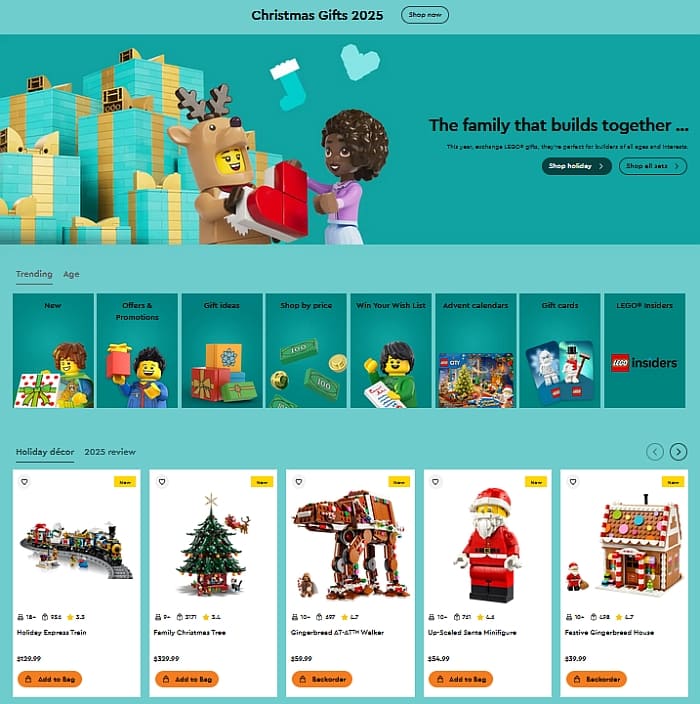 What do you think? What were your favorite LEGO sets this year? Feel free to share and discuss in the comment section below!
What do you think? What were your favorite LEGO sets this year? Feel free to share and discuss in the comment section below!
















